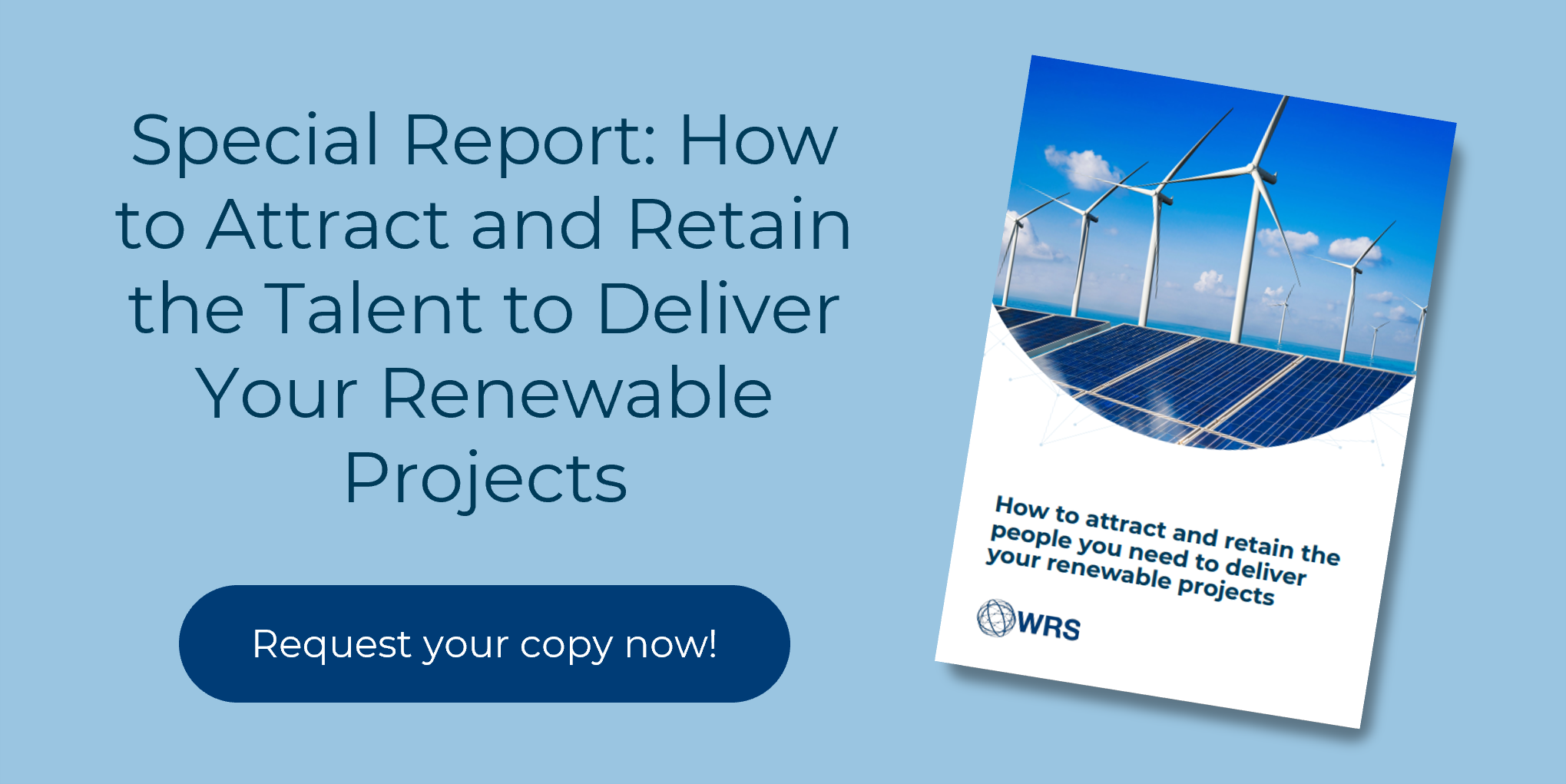With the current global energy crisis, and several net-zero targets to reach by 2050, the race for renewables is definitely on.
But changing to decarbonised, low-cost, and resilient energy isn’t straightforward. It’s a transition that will take time.
Countries have many challenges to overcome, not least because renewables projects aren’t getting the green light quickly enough. For example, wind energy projects can take up to 10 years to complete, possibly more if they’re offshore.
Add a growing skills shortage and supply chain issues into the mix, and it’s clear there’s a lot to conquer.
So, what’s the solution? Is streamlining the answer? Let’s dig a little deeper…
The EU example
Last May, the European Union (EU) issued their Re PowerEU plan in response to the Ukraine-Russia war.
While this wasn’t a foray into renewables, their early efforts in the Renewables Energy Directive I and II failed to gain enough momentum.
The conflict, starting early in 2022, was the catalyst to a more successful renewables plan. The EU strategised to replace 100-200 TWh of Russian gas produced with renewable energy– ultimately reducing dependency on Russia and, crucially, on traditional energy sources.
The EU will go from an installation run rate of approximately 40 GW a year, to almost 84 GW per annum.
However, a recent report by the International Energy Agency noted that the EU’s primary focus falls short of its targets due to three considerable barriers – one of which is permits.
As a result, the EU introduced new measures to simplify permits with a new definition and pre-identification of land for renewable projects, as well as deadline introductions.
Whether or not these changes take off will depend on how quickly EU member states can implement the framework. So, the European Council has introduced temporary emergency legislation to accelerate renewable energy sources deployment and circumvent transportation barriers.
The India example
With so many administrative processes surrounding renewable energy projects in India, we’ll need concrete systems to increase renewable efforts.
One of the most favourable frameworks is the Environmental and Social Impact Assessment, which deems solar PV and wind projects as “white” – meaning they bypass the legal mandate for environmental clearance from the Ministry of Environment, Forest and Climate Change.
A much more streamlined approach could be to establish an environmental baseline for possible renewable energy zones before accepting bids and making such data available.
Alternatively, there’s the option of using a digital platform, the National Single Window System– an advisory tool that can identify approvals based on user input. Since its launch in September 2022, the platform has facilitated over 44,000 projects across numerous sectors.
Hire recruits for your next renewables project
As noted, the skills gap is one of the biggest challenges facing the renewables sector.
WRS has extensive experience working with clients and candidates to fulfil the demand for contractors around the globe – providing end-to-end workforce solutions. If you’re a candidate looking for a job opportunity in the renewable energy sector, browse our job vacancies.
To find out more, start a conversation with our team today.

Are you a client looking at how to attract the talent you need to deliver your renewables projects?
Acquiring key talent for your renewables projects is tough in this current tight market. Discover how to attract the best talent in the sector, stand out from the competition, boost your employer brand, fine-tune your recruitment strategy and more by requesting your free copy of our special report.








